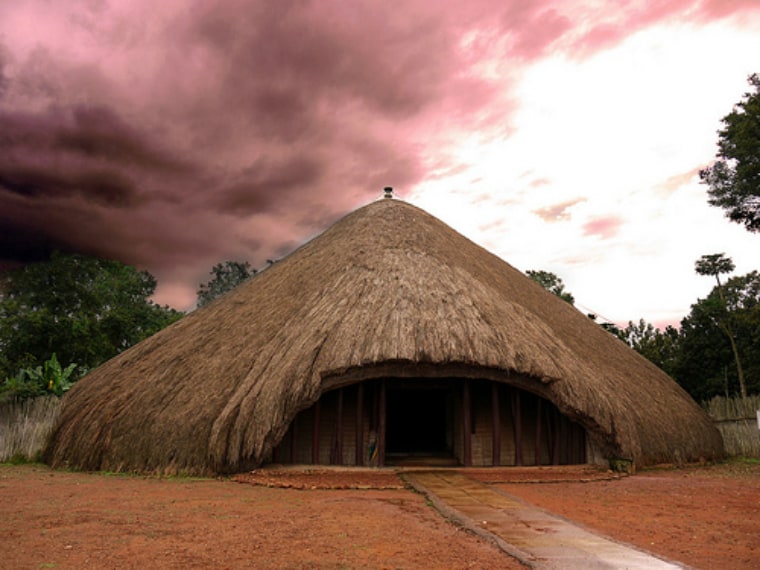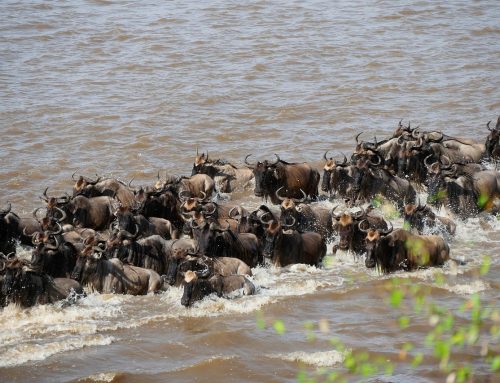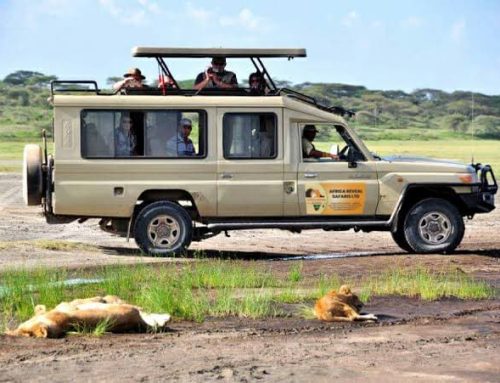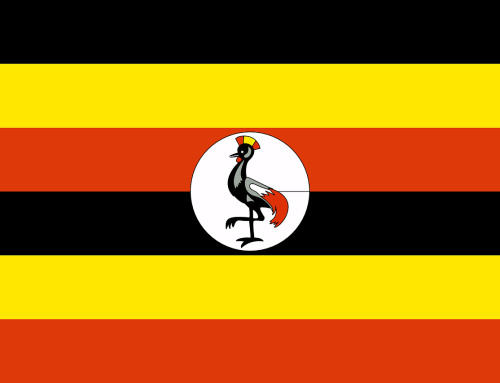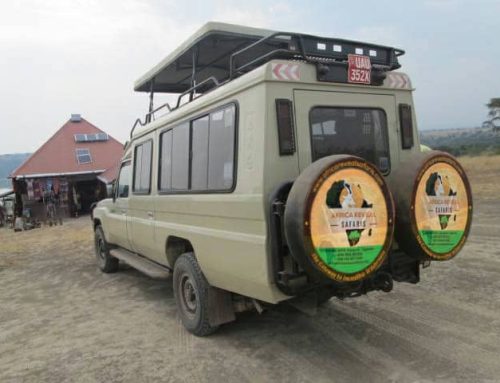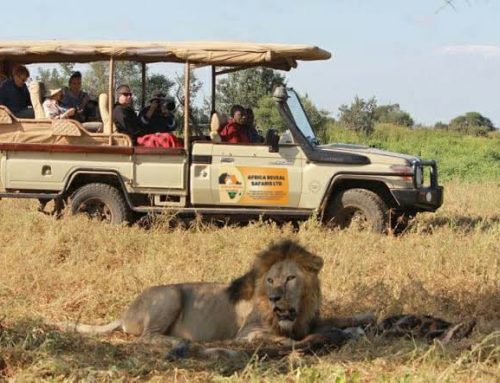Uganda Cultural Sites & Trails
Uganda is a land of diversity with so much to explore, experience and learn. Below are some of the exiting cultural sites and trails worth a visit;
- Ngamba Island Chimpanzee Sanctuary – Entebbe.

Ngamba Island
Ngamba Chimpanzee sanctuary is located in Entebbe. Just less than an hour from the Entebbe international airport. It was established in 1998 as a sanctuary for orphaned and other chimpanzees rescued from poachers.
It was chosen because it supports a lush cover of near-pristine tropical rain forest including more than 50 plant species utilized by chimps in the wild. Ngamba Island Chimpanzee Sanctuary is home to 50 orphaned chimpanzees rescued from across East Africa. Chimpanzee Sanctuary and Wildlife Conservation Trust (Chimpanzee Trust), an NGO, is responsible for all aspects of the sanctuary.
- Botanical Gardens – Entebbe.
Entebbe Botanical Gardens was established in 1898 and is found on the northern shores of Lake Victoria virtually on the equator. Experiencing an annual rainfall of 1623 mm and at an altitude of 1134 meters. The gardens are set in 40.7 hectares carrying a collection of different species of plants of the tropical, sub-tropical and temperate zones.
The entrance of the gardens is located close to the Botanical Beach Hotel and Colobus monkeys are common thus high chances of sighting them. The gardens are an opportunity for birding enthusiasts to open their birding account for Uganda.
- Ndere Troupe Cultural Centre – Kampala
Ndere Cultural Centre is a multi-cultural development organization, home to cultural information, if you’re interested in traditional dance and music, try to catch a performance of the Ndere Troupe. It’s composed of members of the many ethnic groups in Uganda and has gained international acclaim on world tours.
- Uganda Museum
The Uganda Museum is located in Kampala, Uganda. It is the biggest and the oldest Museum in Uganda which started in 1908 at Lugard’s fort on old Kampala Hill in Kampala city.
It later moved to Makerere University at the school of industrial and fine arts and lastly to Kitante Hill where it stands today. It displays and exhibits ethnological, natural-historical and traditional life collections of Uganda’s cultural heritage. Outside the Museum is the Living museum (Cultural village) that exhibits the ways of lives of Ugandans as it represents the whole of Uganda.
The Uganda Museum is always open throughout the year though highly visited by Tourists during December – the festive season.
- Kasubi Tombs
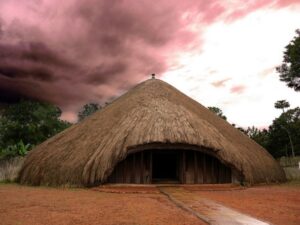
Kasubi Tombs
The tombs are located on Kasubi hill, within Kampala – Uganda. The Kasubi Tombs site is an active religious place in the Buganda Kingdom.
The site is one of 31 royal tombs across the Buganda kingdom since the kingdom was founded in the 13th century.
Traditionally, the body of the deceased king was buried in one place, with a separate shrine for the deceased king’s jawbone, believed to contain his soul. Unusually, in a break from tradition, the site in Kampala contains the royal tombs of four Kings of Buganda that are;
- Muteesa 1 whose full names wereMuteesa Walugembe Mukaabya born in 1835 and died in October 1884.
- Mwanga IIwhose full names were Danieri Basammula-Ekkere Mwanga II Mukasa was born in 1868 and died on 8th May 1903. He was the Kabaka of Buganda from 1884 until 1888 and from 1889 until 1897. He was the 31st Kabaka of Buganda. He died in exile on the Seychelles Islands, and his remains were returned in 1910.
- Daudi Chwa II – He was the 34th Kabakaof Buganda. (He was born on the 8-8-1897 and he took over the throne when he was only one year old. He ruled from 1898 to 1939 and his Prime Ministers were Sir Apollo Kaggwa of the Nseenene clan, Tefero Kisosonkole of the Nkima clan, Nsibirwa of the Nvuma clan and Samuel Sebagereka of the Mmamba clan. He died in 1942 and was buried at Nabulagala – Kasubi
- Sir Edward Muteesa II. He was the 33rd king of Buganda.He became the king from the period of 1924–1969. He died in exile in London, and his remains were returned in 1971.
- Baha’i Temple
The Baha’i Temple is also known as the Mashriqu’l-Adhkar. It is the only Baha’i temple on the continent and one of only nine around the world. The temple on the hill is located about three kilometers from Kampala, the capital city of Uganda.
After it was founded, the Mother Temple of Africa continues to open its doors to thousands of visitors from all destinations, believers and non-believers alike. Uganda’s Baha’i Temple is one of only nine temples around the world, the others being in USA, Chile, Germany, Samoa, India, Australia, Cambodia and Panama.
The Baha’i faith is all-inclusive of the spiritual and the moral aspect on the idea that human rights are a priority in teaching the true values of humanity. It’s because of this idea that many Ugandans became Baha’i’s.
- Namugongo Martyrs Shrine
Namugongo martyrs’ shrine is one of the largest Christian pilgrimage destinations in Africa that lies about 15 km east of Kampala city- Uganda. It is where more than 22 catholic and 23Anglican martyrs were burnt alive on the orders of Kabaka Mwanga in June 1886. The Uganda martyrs were killed in different places of Uganda.
However the site where St. Charles Lwanga and the company were killed was chosen to be the area where all Martyrs are celebrated. They were killed in the first decade of Christianity in Uganda. These Uganda martyrs are celebrated every 3rd June of the year and people travel from different destinations to come witness the celebrations at the pilgrimage.

